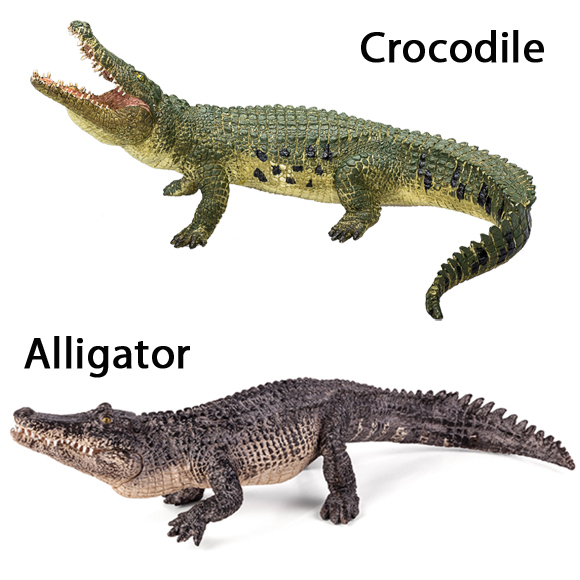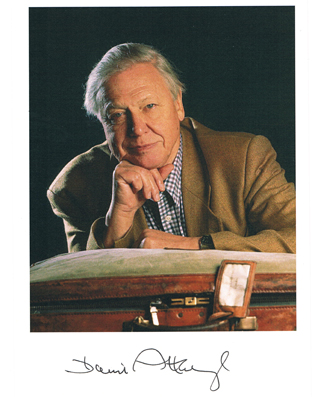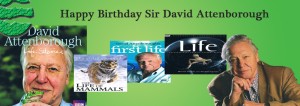News stories and articles that do not necessarily feature extinct animals.
Australia to Re-introduce Crocodile Trophy Hunting (Important News)
Northern Territories Considers Option of Trophy Hunting Tourism to Curb Saltwater Crocodile Numbers
Australian officials are considering plans to re-introduce crocodile trophy hunting in parts of the country, with proposals for sport hunting being put forward as a cost effective method of controlling crocodile numbers as well as boosting the tourist trade.
Crocodile Trophy Hunting
Officials from the Northern Territories have proposed that hunting of crocodiles be permitted with perhaps as many as three hundred animals, all of which would be mature adults, being culled in this way each year. Over the last few decades the population of Saltwater or Estuarine crocodiles (Crocodylus porosus) has bounced back after a ban on hunting was imposed. As a result of the growth in the crocodile population; attacks on people from these fearsome predators has increased.
Crocodile Attacks
Several years ago, the federal government rejected a similar set of proposals, but as crocodile attacks on people and livestock have increased dramatically, State officials are once again considering this option. Outline plans have already been drawn up and the concept has been put out to public consultation so that a wide range of views and opinions can be gathered before a final decision is made.
Environment Minister Tony Burke would not be drawn into a discussion on the issue, he stated that it would be prudent to wait until after July 25th which is when the first phase of the public consultation is due to end.
He added:
“There are different views among different traditional (Aboriginal land) owners on this and I really want to make sure I get the opportunity to hear those different views.”
If the plans are approved then a quota system would be introduced permitting a set number of adult crocodiles to be shot for sport each year. Hunters would pay to kill the crocodiles, a similar system exists in Canada where a few hunters each year are allowed to shoot Grizzly Bears (Ursus arctos horribilis) to help control the numbers of these large, dangerous mammals.
Supporters for the crocodile hunting policy, say that in areas where it would operate, at the moment in the Northern Territory, it would provide jobs for locals and help boost tourism.
Commenting on the proposals, Northern Territory Chief Minister Paul Henderson stated:
“We have been pushing the government to consider safari hunting for some time as a way to generate indigenous employment and I’m very pleased to see steps taken in this direction.”
Up to Fifty Crocodiles Could be Hunted
Under the proposals, fifty crocodiles would be available for safari hunting for a two-year trial period, taken from the annual sustainable harvest quota of five hundred adults already allocated under an existing crocodile management programme. Numbers could rise depending on the need to control the population with perhaps as many as three hundred crocodiles over 3.5 metres in length being shot for sport each year.
The Differences Between a Crocodile and an Alligator
There are opponents to the plan. The Australian Royal Society for the Prevention of Cruelty to Animals (RSPCA) have put out a statement condemning the proposals saying it would take precision and skill to shoot a crocodile in such a way as to kill it humanely.
The RSPCA’s chief scientist Bidda Jones stated:
“There is no possible conservation benefit to be derived from the killing of crocodiles for trophies, nor does it provide a means of controlling problem crocodiles. This is nothing more than killing animals for entertainment and there is no justification for that.”
Large crocodiles are a tourist attraction in themselves, with a number of companies offering eco-tourist excursions to see crocodiles and to feed them in the wild. This may have a negative effect on crocodile behaviour with the animals growing accustomed to human activity and associating boats with food. This could lead to an increase in crocodile attacks on watercraft.
Karl Hampton the Environment Minister for the Northern Territory has done his best to assure the anti-hunting lobby, pointing out that feral animals such as buffalo and wild pig are already hunted on private land and similar restrictions concerning the trophy hunting of crocodiles would be rigorously applied.
He added:
“Just like those safaris, the one proposed as part of our Crocodile Management Plan is subject to the Animal Welfare Act and strict humane obligations will apply.”
Scientists estimate that from a low point in the early 1970s Saltwater crocodile numbers have risen dramatically and there are maybe as many as 150,000 of these reptiles in the wild. Sightings of large crocodiles near to centres of population are on the increase and on average there are two fatal crocodile attacks in Australia each year.
To read an article about a fisherman’s recent encounter with a Saltwater crocodile: Catching a Crocodile Using Prawns as Bait.
The debate is set to continue with a final decision being taken once the programme of public consultation has been completed.
Visit Everything Dinosaur’s award-winning website: Dinosaur Themed Toys and Gifts.




